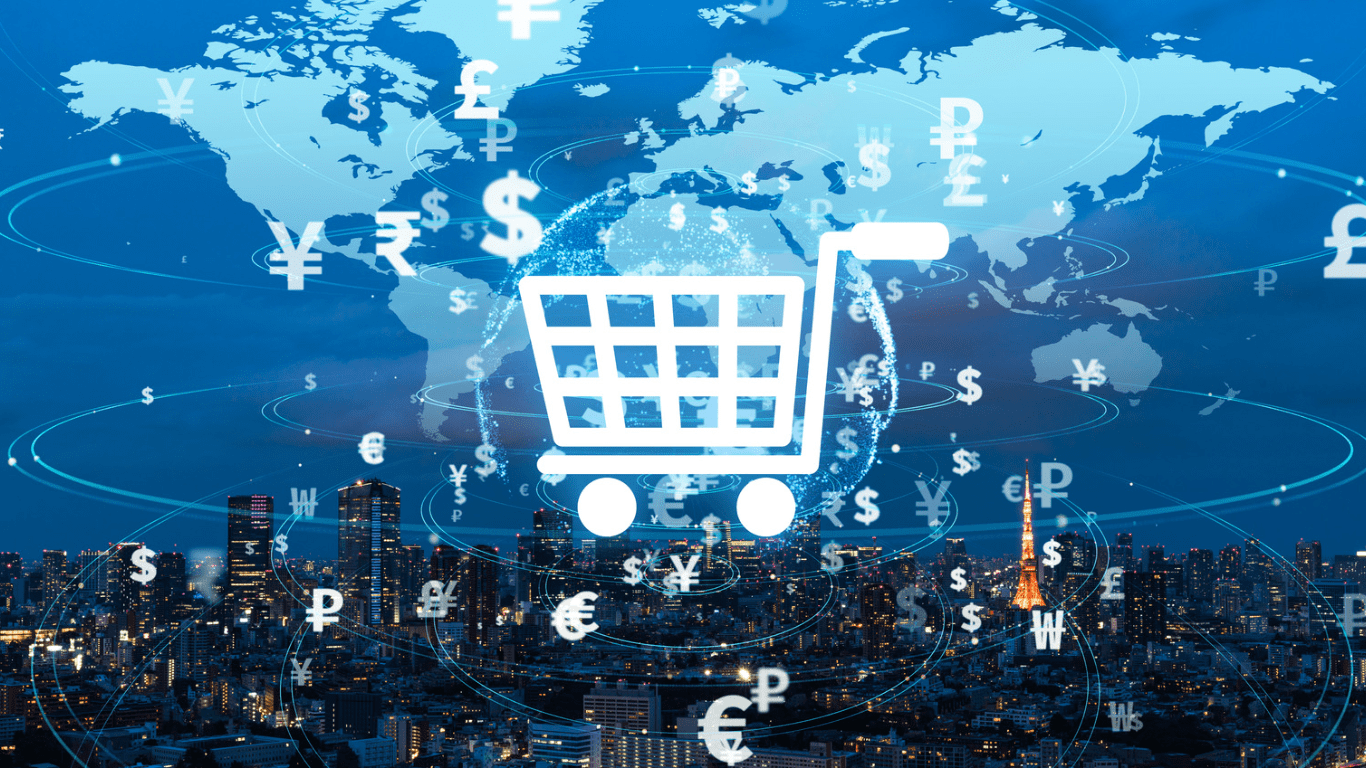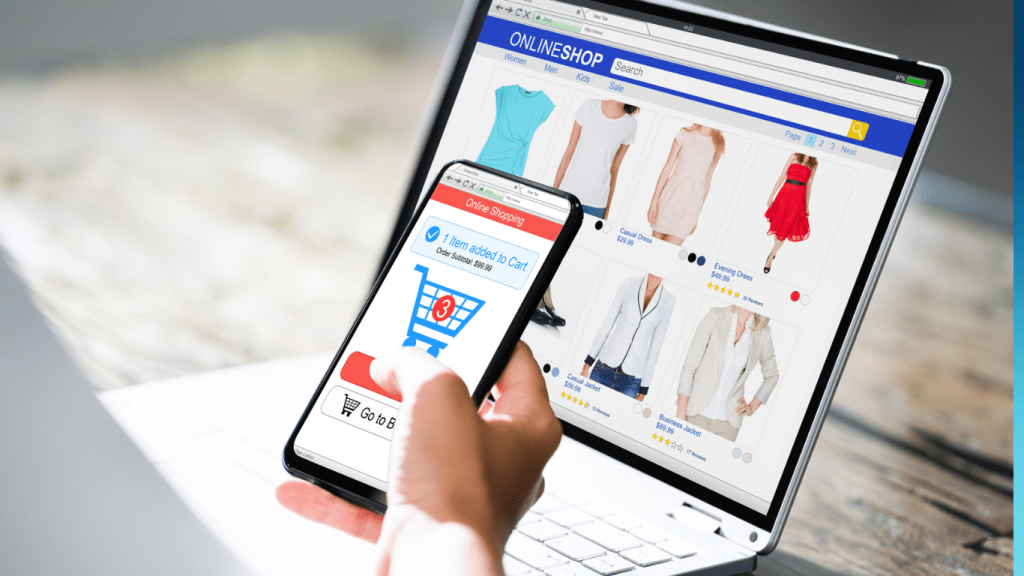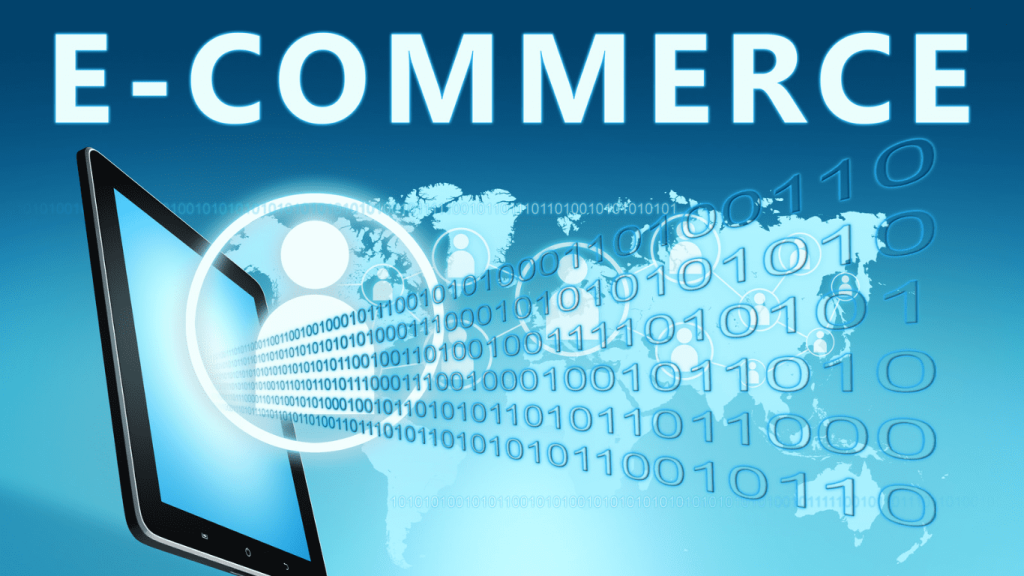eCommerce Marketing

eCommerce Marketing
Since all the marketing steps are done online nowadays, it is impossible to differentiate the different types of digital marketing that people are using today. For example, consider e-commerce marketing, what does it mean? And how does it compare to social media, content, search engine, and email marketing?
What is e-commerce marketing?
E-commerce marketing is creating awareness and activity toward a business that sells its product or service electronically. E-commerce marketers can use social media, digital content, search engines, and email campaigns to drive traffic and increase online purchases. Before we talk about the meaning of e-commerce marketing and its impact on creating a personal strategy, let’s define e-commerce advertising and the impact of advertising on marketing for e-commerce businesses.
E-commerce advertising
Just as advertising is a subset of marketing, e-commerce advertising is also a subset of e-commerce marketing, and when used together, your ability to reach your audience to increase conversion rates and improve brand awareness increases.
As mentioned, e-commerce marketing means informing customers and motivating them to take action and use your products and services.
Meanwhile, e-commerce advertising includes methods through which you can promote your product. These ads will be available in the context of e-commerce or online sales, in the form of display ads, web banners, or rich media ads.
The bottom line here is that e-commerce advertising is an effective way to complement and develop your e-commerce marketing strategy so that you can focus on promoting your product or service.
Now let’s get back to the discussion of e-commerce marketing.
Types of e-commerce marketing
To show you what an e-commerce marketing strategy looks like, we will introduce you to common marketing channels and how to use them to create an online store.
All brands, manufacturers, distributors, and growing businesses have pages on social media where they provide content of interest to the audience. We help you do the same as an e-commerce marketer, but the campaigns you run may be different and not every social network is right for you.
E-commerce websites are visual and should be able to show the product in the best possible way, so your success in social media depends on using images to attract attention and traffic to pages related to your product.
Instagram is a great platform for e-commerce businesses because it allows you to share impressive photos of your products and let your customers access your products beyond the purchase page. Instagram marketing is one of the popular electronic marketing methods these days.
Intvips experts take your social media posts one step further by creating content that gives the customer access and buy ability, this content helps the visitor directly purchase the product.
- Content marketing
When you hear the term “content marketing” you might think of blogging and video marketing, that is, content that increases your website’s ranking in search engines and answers questions about your industry. But if you are going to sell the product online, do you need articles and videos to attract customers? Yes. That’s right.
Here are some ways to use the content for eCommerce store marketing.
- Optimizing the product page
Intvips experts optimize the product page by using short and product-related keywords that include the product name. For example, if you have a clothing store, a Google search for “short shirt” can lead the user to your page, provided that you have used that phrase on your page.
- Creating guest posts for other websites
Guest posts can promote your product (often for free) to a relevant audience. Creating guest posts also increases your e-commerce site dominance and shows search engines that you are a reputable site.
- Placing product-related videos on YouTube
YouTube has more than a billion active users, and maybe your audience is among them. YouTube is the second largest search engine after Google. If you are looking for a mass audience, YouTube can help you. Use highly searched keywords to define the topic, and then share product-related videos that are useful to the audience.
- Search engine marketing
Search engine marketing (SEM) includes search engine optimization (SEO) and paid advertising. While SEO optimizes content with the help of Google’s ranking algorithm, search engine marketing can include pay-per-click (PPC), campaigns, display campaigns, or product-based advertising campaigns (such as Google Shopping), which allow you to Pay to get a high position in the Google results pages.
- Email marketing
Email marketing is one of the oldest forms of digital marketing that, believe it or not, has an important place in the world of e-commerce marketing.
What is the best advantage of email recovery? It has the ability to automate. Automation means you can create a drip campaign for subscribers who have the potential to become buyers and let the email campaign work its magic.
Here are two ways to use email marketing as an e-commerce marketer:
- Follow up after purchase
If a user buys from your website and agrees to receive an email from you during the purchase process, you can continue the conversation by sending an email a few days after the purchase and attracting them to your product line in the future.
After-sales follow-up also shows that you care about the customer even after the sale and that your company wants to know if the customer is satisfied with the product or not.
This will help you to get customer feedback about the purchase process and reduce customer churn in the future.
The best thing you can do with these emails is asking the customer to write a review about the product or read content about how to use the product.
- Abandoned shopping cart
Users abandon their shopping carts for various reasons, and email can save their business by finding out the reason and making the difference between sales and lost customers. In the following, we will introduce you ways to prevent the customer from abandoning his shopping cart.

- Influencer marketing
Influencer marketing focuses on people or brands that influence the target market. This term is mostly used for Instagram accounts that have thousands of followers, But it can also refer to a celebrity or association that the target audience follows or belongs to.
- Commission marketing
81% of brands use affiliate marketing and e-commerce sites are good options. These intermediaries (representatives) are the same people or businesses that sell your product online in exchange for a sales commission. Unlike social media influencers, intermediaries draw attention to your product through old (but effective) marketing tricks.
- Local marketing
An often-overlooked marketing trick for e-commerce businesses, it allows you to focus on areas where your potential customer density is highest and motivate potential customers.
Here’s how to use it: By using tracking cookies, you can identify areas of potential customer density. Then you can offer the potential customer a discount or free shipping where you have stock or shipping options. With this motivation and encouragement, you can find new customers.

The impact of e-commerce on marketing
The use of electronic methods in marketing has positive effects, including; Promotion of products and services has increased and communication with customers is better. A new channel and way of communication will be created to present products and services. Costs are saved. The time cycle of sending the product is reduced and finally customer satisfaction with the service increases.
E-commerce marketing tips:
1.Personalize
Companies that use the personalization trick have a 6-10% increase in revenue. What is the secret of their success?
Personalization means finding ways to attract people to your product. Writing the customer’s name in the email title, recommending content or products based on the user’s behavior, or even displaying smart content on the website with the second visit of the user to the website or during the purchase process, are among these tricks.
Personalization speeds up the process of buying a product, so that instead of them searching for the product, you put it right in front of their eyes, so that they can safely reach their desired goal, that is, purchase.
Just leave the customization to us.
2.Focus on user-generated content
How about having clients market to you for free? That’s exactly what user-generated content does. In this way, it allows the customer to find new ways to advertise and introduce your business.
This method will help you in several ways: 1) drive traffic to your e-commerce store and 2) build a group of followers who are interested in your product.

- Using customer loyalty programs in e-commerce marketing
There are a few things to consider when setting up a loyalty program for your e-commerce business. First, you need to create different ways for the customer to show their loyalty, for example through repeated purchases, mentioning you on social networks, or sharing content. In addition, you should also respond to customer loyalty through rewards, discount codes, or exclusive benefits.
Creating word-of-mouth marketing
Word-of-mouth marketing is one of the most effective marketing tools in which people recommend products to each other. The power of word-of-mouth marketing will show itself when the buyer is skeptical of companies’ marketing tricks. Although you can achieve this goal by creating a good customer experience, creating word-of-mouth marketing can be just as effective.
4.Invest in live chat
Live chat, whether with bots or real people, can directly help visitors get answers to their questions as soon as they enter your store, or fix them if there’s a problem while shopping.
5.Attention to the shopping cart
Some ways to prevent cart abandonment include:
Money back guarantee
Simple and convenient refund policy
Normal delivery
Quick access to customer support
- Website with effective design
No matter which aspect of your e-commerce strategy you pursue, you must have a responsive website so that your e-commerce marketing strategies are accessible from any device (such as a laptop, smartphone, iPad, or tablet). In today’s busy world, they need to be able to access your content from different devices and read it easily. Intvips will bring you to the top by using effective methods in this field.
Conclusion
E-commerce businesses can use a variety of marketing tools. With the right use of digital marketing and leveraged marketing, you can launch campaigns that attract customers and grow with the help of your online store. Depending on the industry, location, size of the business, and more, you can target with the help of different standards.

